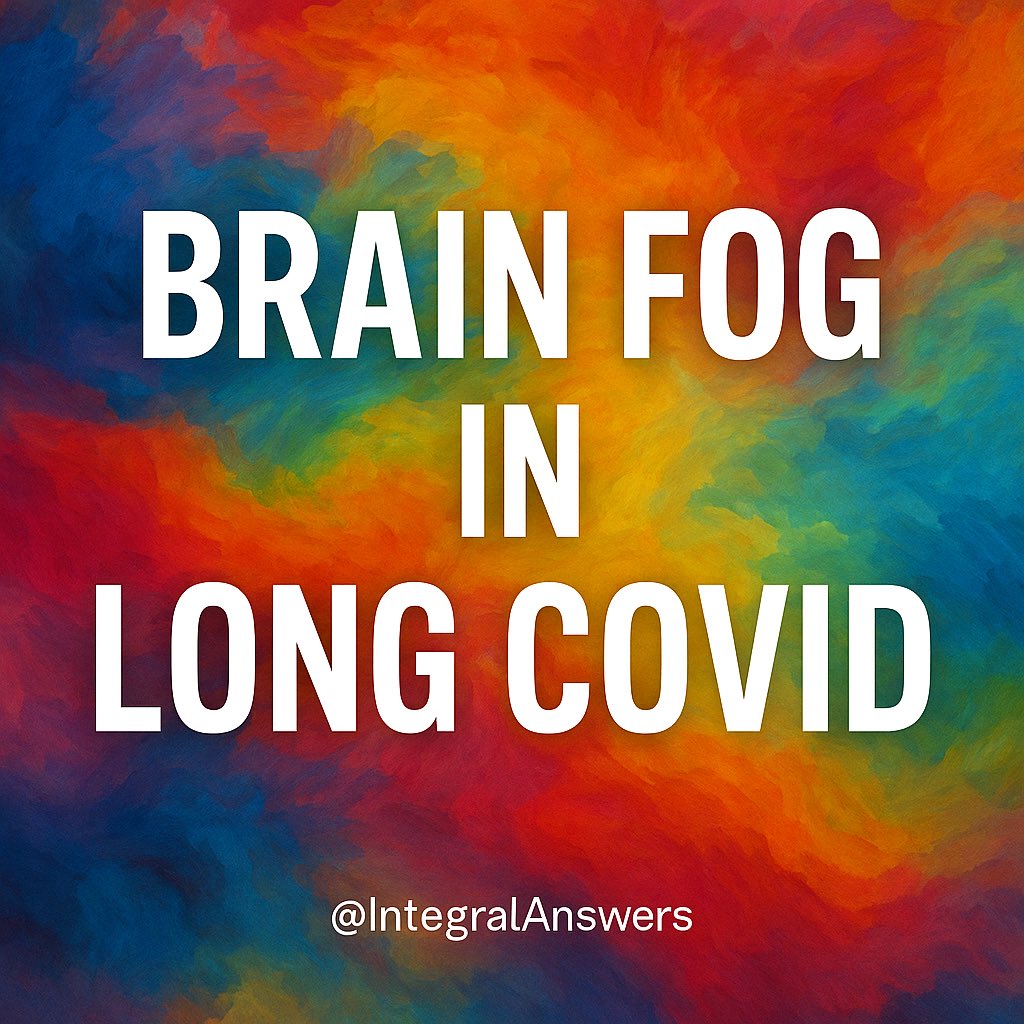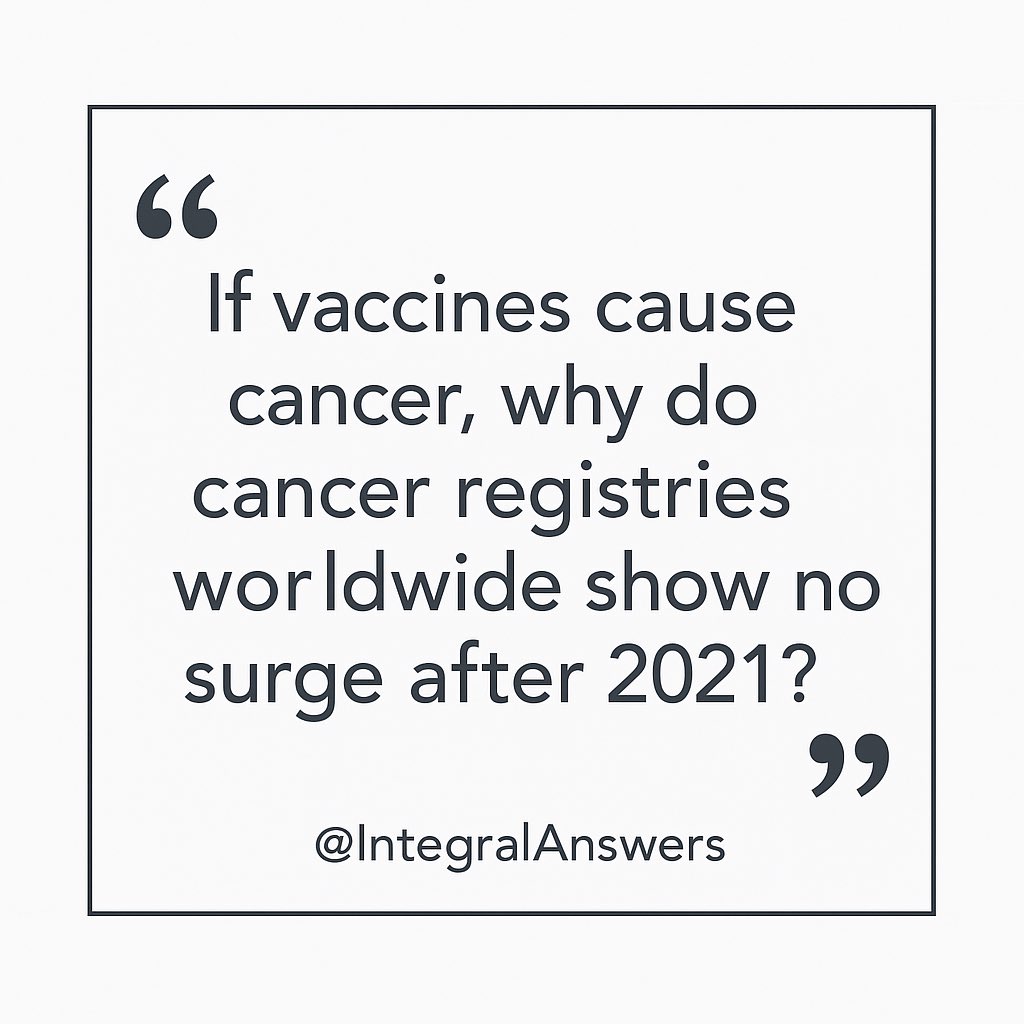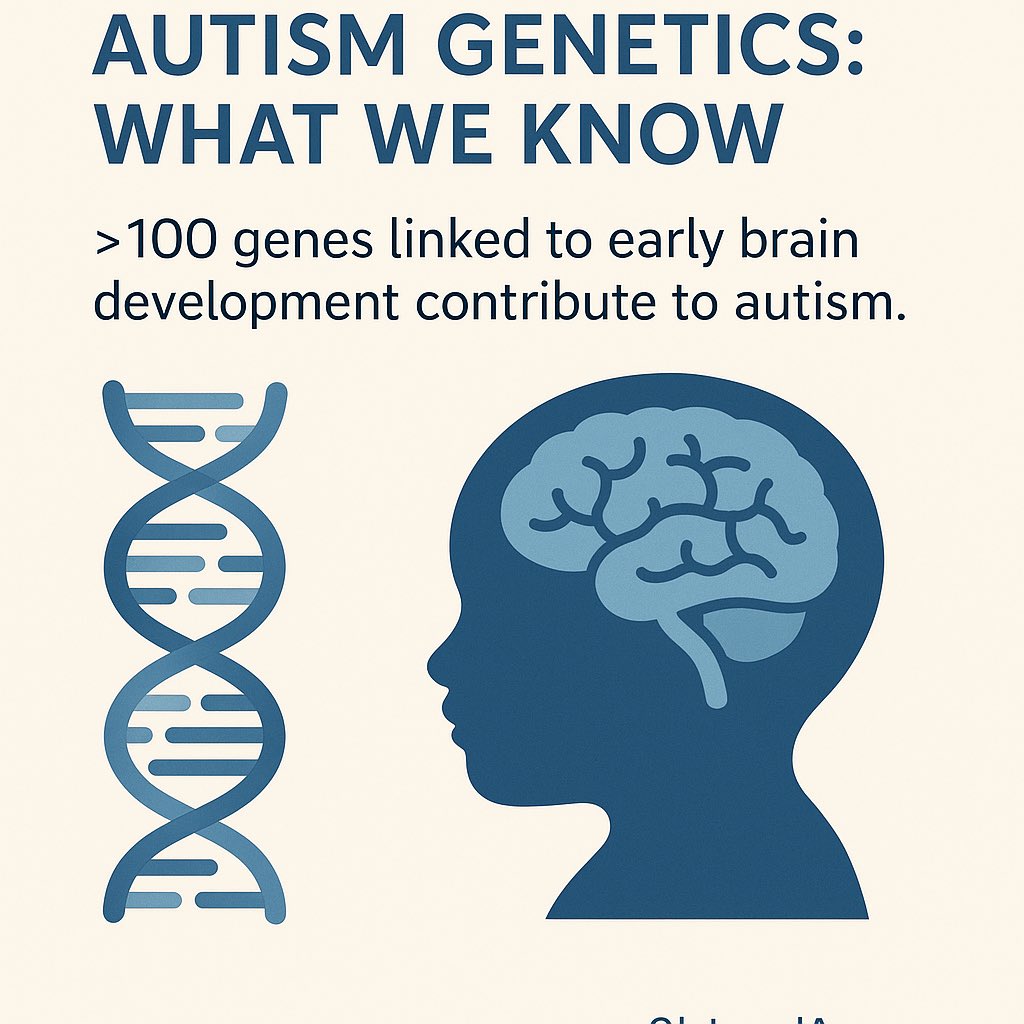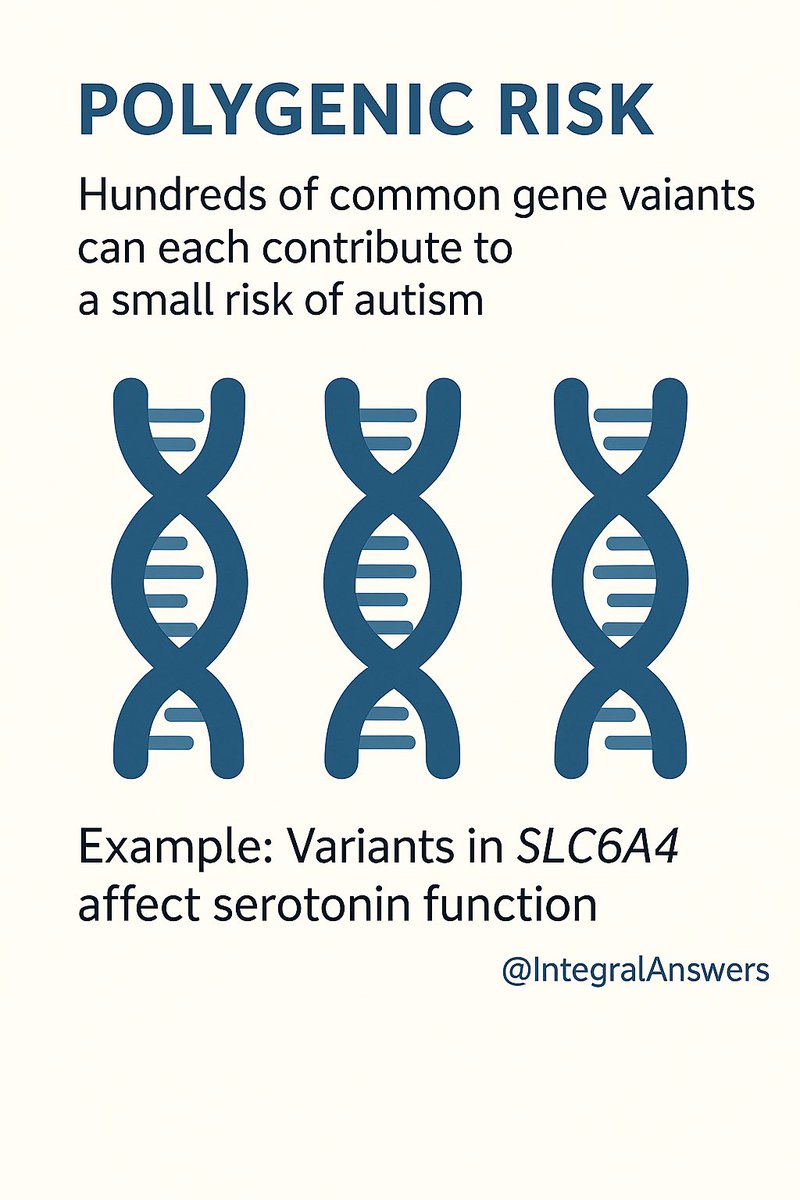🧠 Thread: A molecular clue to Long COVID “brain fog”
1/ New study from Yokohama City Univ used PET imaging of AMPA receptors. Long COVID patients showed elevated AMPAR levels, linked to both cognitive impairment and inflammation. A molecular biomarker emerges.
1/ New study from Yokohama City Univ used PET imaging of AMPA receptors. Long COVID patients showed elevated AMPAR levels, linked to both cognitive impairment and inflammation. A molecular biomarker emerges.

2/ Researchers compared ~30 Long COVID patients to ~80 controls. Findings:
• Higher AMPAR density in patients
• Strong correlation with brain fog severity
• AMPAR levels also tied to inflammatory markers
medicalxpress.com/news/2025-10-u…
• Higher AMPAR density in patients
• Strong correlation with brain fog severity
• AMPAR levels also tied to inflammatory markers
medicalxpress.com/news/2025-10-u…
3/ Why this matters: “Brain fog” has been descriptive—patients report it, doctors observe it. But here we see a molecular correlate. That shifts the field toward diagnostics and possibly therapies.
4/ Open questions:
• Small sample, needs replication
• Cause vs effect? Is AMPAR upregulation harmful or adaptive?
• Can drugs safely modulate AMPAR to treat brain fog?
• Small sample, needs replication
• Cause vs effect? Is AMPAR upregulation harmful or adaptive?
• Can drugs safely modulate AMPAR to treat brain fog?
5/ Related evidence: Prior studies showed microglial activation, altered brain metabolism, & perfusion changes in Long COVID. This AMPAR signal adds a new mechanistic link.
🔗 pmc.ncbi.nlm.nih.gov/articles/PMC92…
🔗 pmc.ncbi.nlm.nih.gov/articles/PMC95…
🔗 pmc.ncbi.nlm.nih.gov/articles/PMC92…
🔗 pmc.ncbi.nlm.nih.gov/articles/PMC95…
6/ Next steps:
• Longitudinal imaging to track AMPAR changes
• Trials of AMPAR-targeting drugs or neuromodulation
• Cross-validation with blood/CSF markers
• Longitudinal imaging to track AMPAR changes
• Trials of AMPAR-targeting drugs or neuromodulation
• Cross-validation with blood/CSF markers
7/ References & resources:
• Brain Communications (2025): “Systemic increase of AMPA receptors…”
• EurekAlert release & images: eurekalert.org/multimedia/109…
• Review: Monje et al, Neurobiology of Long COVID pmc.ncbi.nlm.nih.gov/articles/PMC95…
• Clinical trial: NCT06095297
• Brain Communications (2025): “Systemic increase of AMPA receptors…”
• EurekAlert release & images: eurekalert.org/multimedia/109…
• Review: Monje et al, Neurobiology of Long COVID pmc.ncbi.nlm.nih.gov/articles/PMC95…
• Clinical trial: NCT06095297
8/ Bottom line: This study provides the first molecular anchor for Long COVID brain fog. If validated, AMPAR imaging could help stratify patients, track recovery, and guide targeted treatments. Early days, but important progress.
• • •
Missing some Tweet in this thread? You can try to
force a refresh















